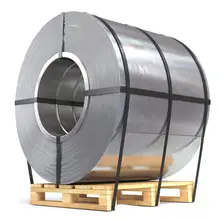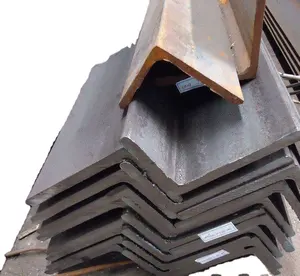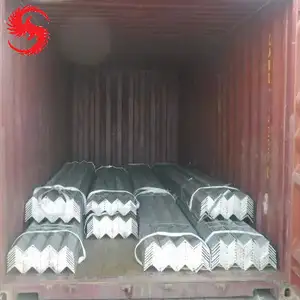Top categories

Wire Mesh

Stainless Steel

Alloy Steel

Non-ferrous Metal

Metals & Metal Products

Carbon Steel

Iron & Iron Products
About products and suppliers
Exploring the Versatility of 45 Degree Angle Iron
The 45 degree angle iron is a fundamental component in various construction and industrial applications. This L-shaped metal profile is known for its structural integrity and versatility. Predominantly used in the construction sector, it serves as a steadfast support system for frameworks, shelving, and reinforcement tasks.
Types and Manufacturing Techniques
There are multiple forms of angle iron, including non-alloy, alloy, stainless steel, and carbon steel options. The manufacturing processes such as hot rolled, cold rolled, forged, and cold drawn methods contribute to the durability and specific properties of the angle iron. For instance, the cold drawn steel angle offers precision in dimensions and a smooth surface finish, making it suitable for detailed construction work.
Design and Dimensions
The design of a 45 degree angle iron is tailored to meet diverse structural needs. It comes in both perforated and non-perforated varieties, providing flexibility in assembly through bolting or welding. The dimensions of the angle legs range widely, catering to specific project requirements, with common sizes starting from 25mm x 25mm up to 250mm x 250mm. Lengths and thicknesses also vary, ensuring that there is a suitable option for any application.
Applications and Utility
The utility of angle steel extends to numerous projects. It is integral in constructing transmission towers, shelving units, and roof structures. Its use in framework and structural reinforcement underlines its importance in ensuring stability and strength. The metal angle is also employed in creating support systems for brickwork, especially with the double ribbed variety that aids in the construction of doors and windows.
Features and Advantages
Due to the inherent strength of steel alloys, angle iron is resistant to bending, making it ideal for supporting heavy loads in construction. The L-shape provides two perpendicular extensions, available in even or uneven lengths, to accommodate various connection points and load-bearing requirements. The material's resistance to rust, especially in galvanized forms, adds to its longevity and maintenance-free appeal in harsh environments.
Choosing the Right Angle Iron
Selecting the appropriate 45 degree angle iron for your project involves considering the material, size, and specific application. While the platform does not endorse any particular product, Alibaba.com offers a comprehensive range of options to compare and choose from, ensuring that buyers can find the right match for their construction and industrial needs.
























 浙公网安备 33010002000092号
浙公网安备 33010002000092号 浙B2-20120091-4
浙B2-20120091-4